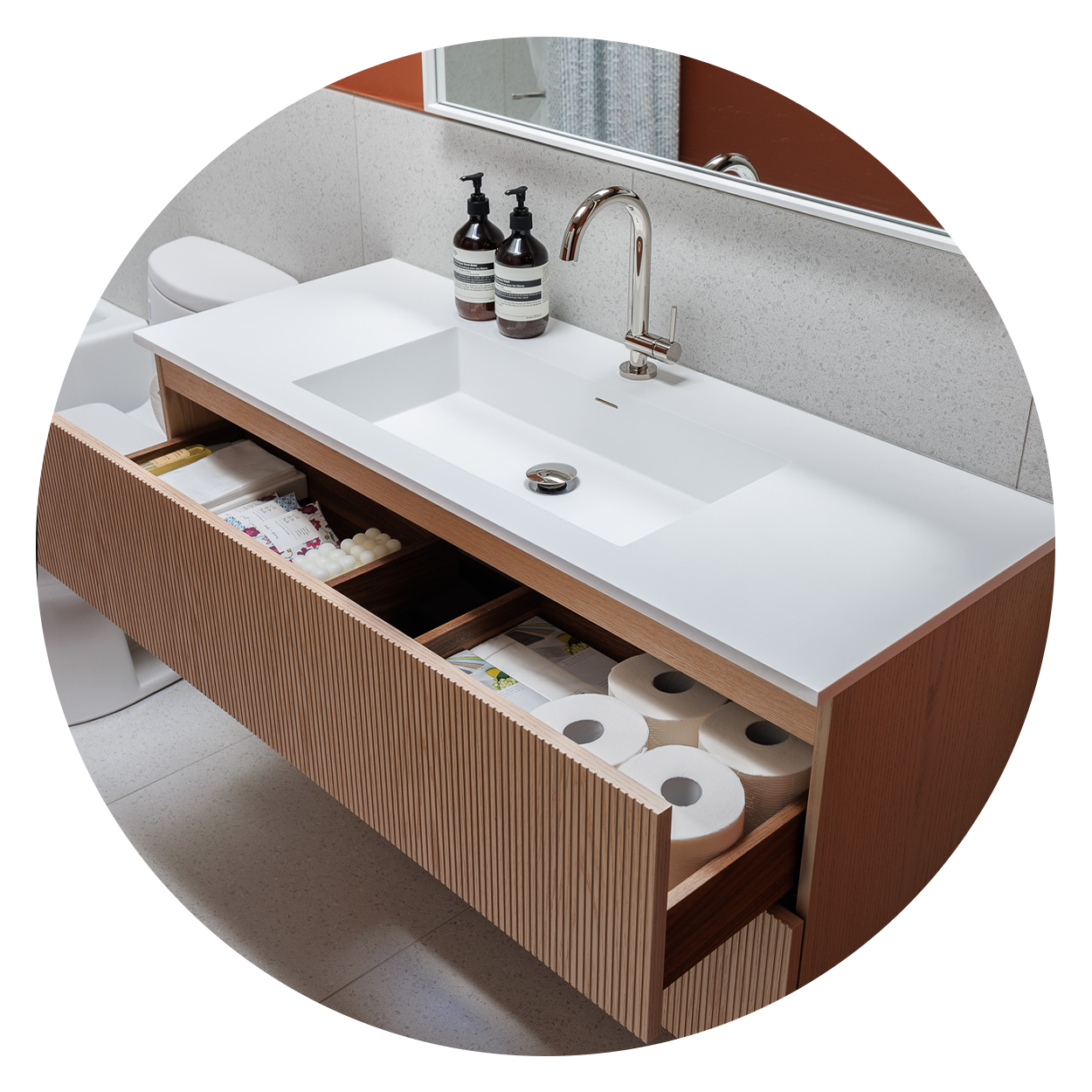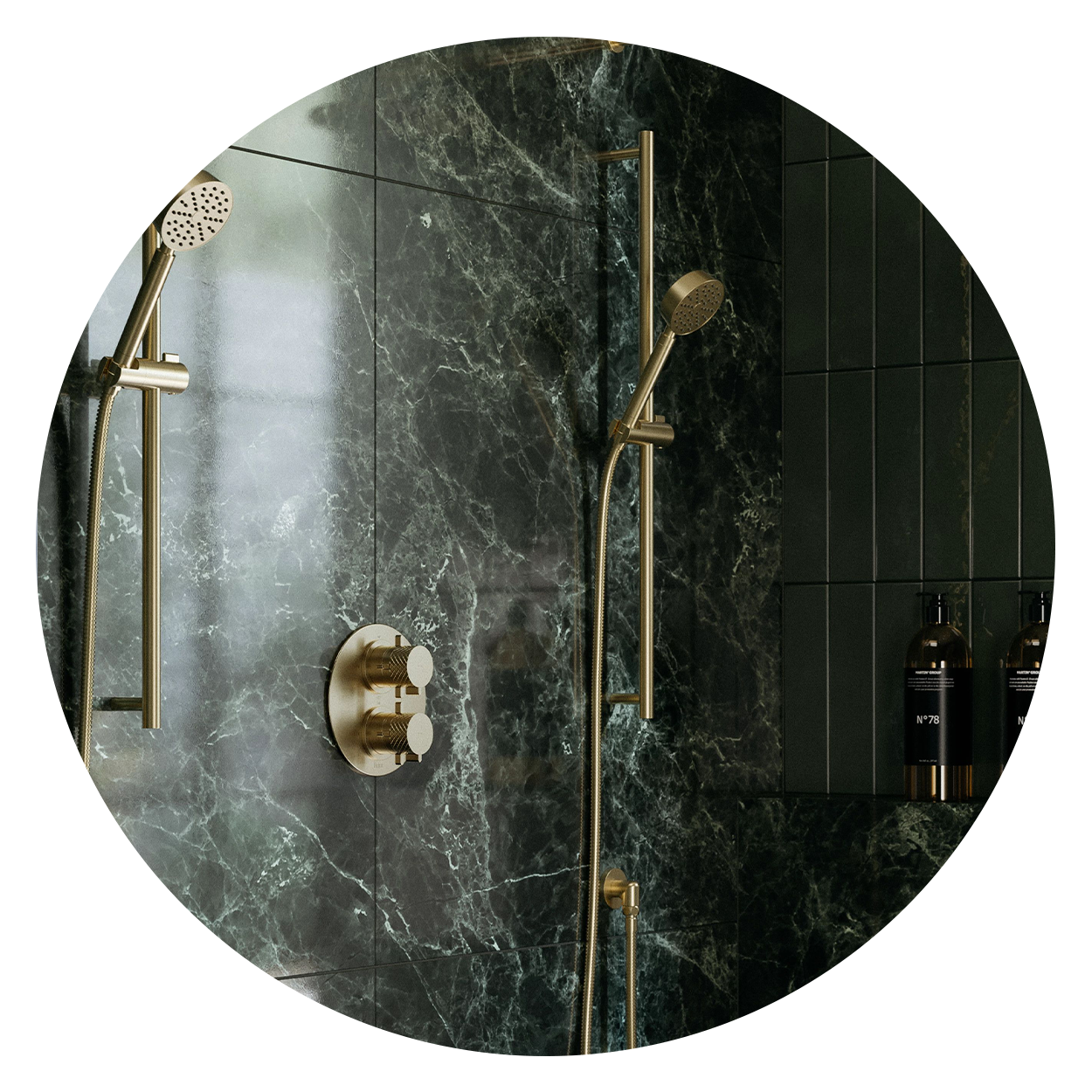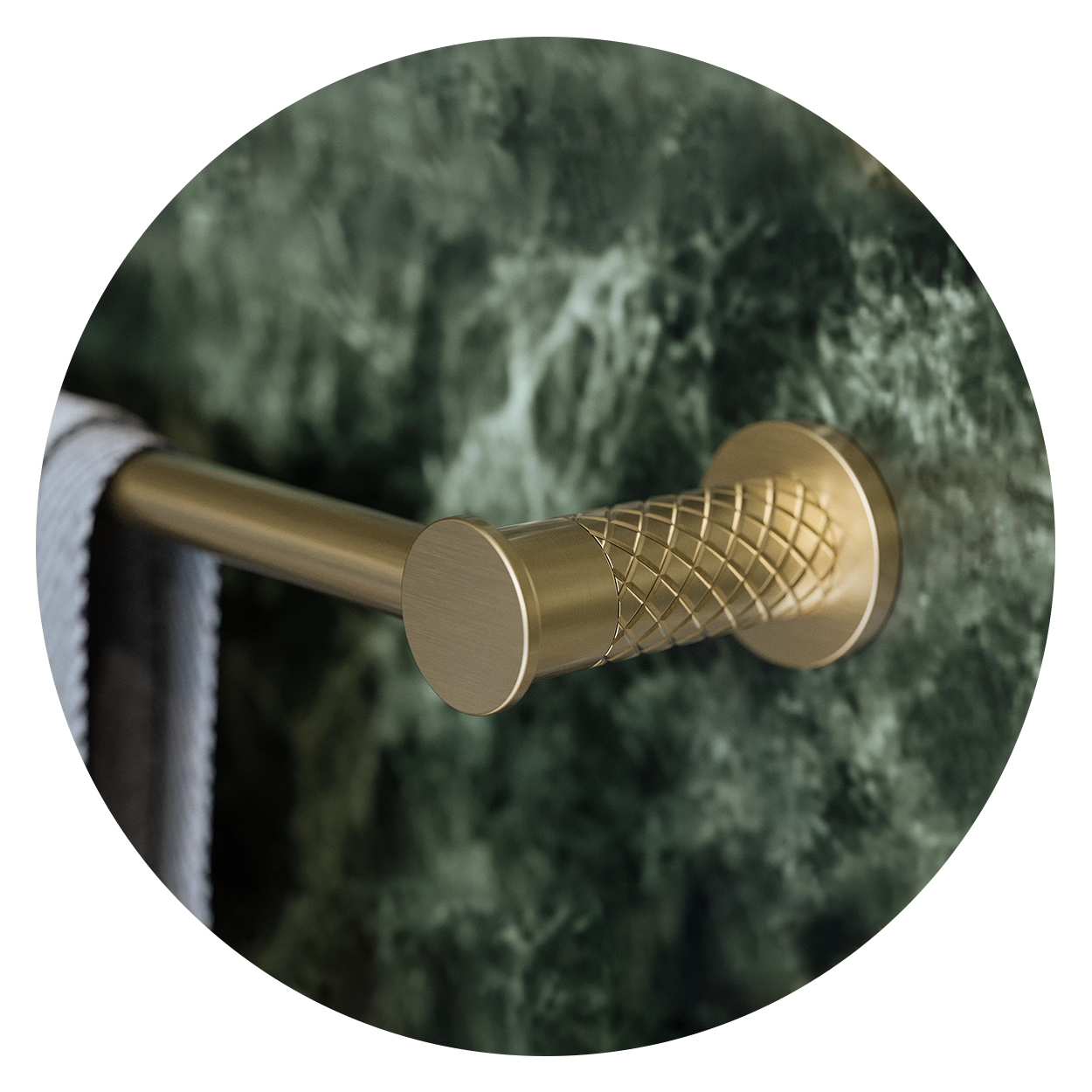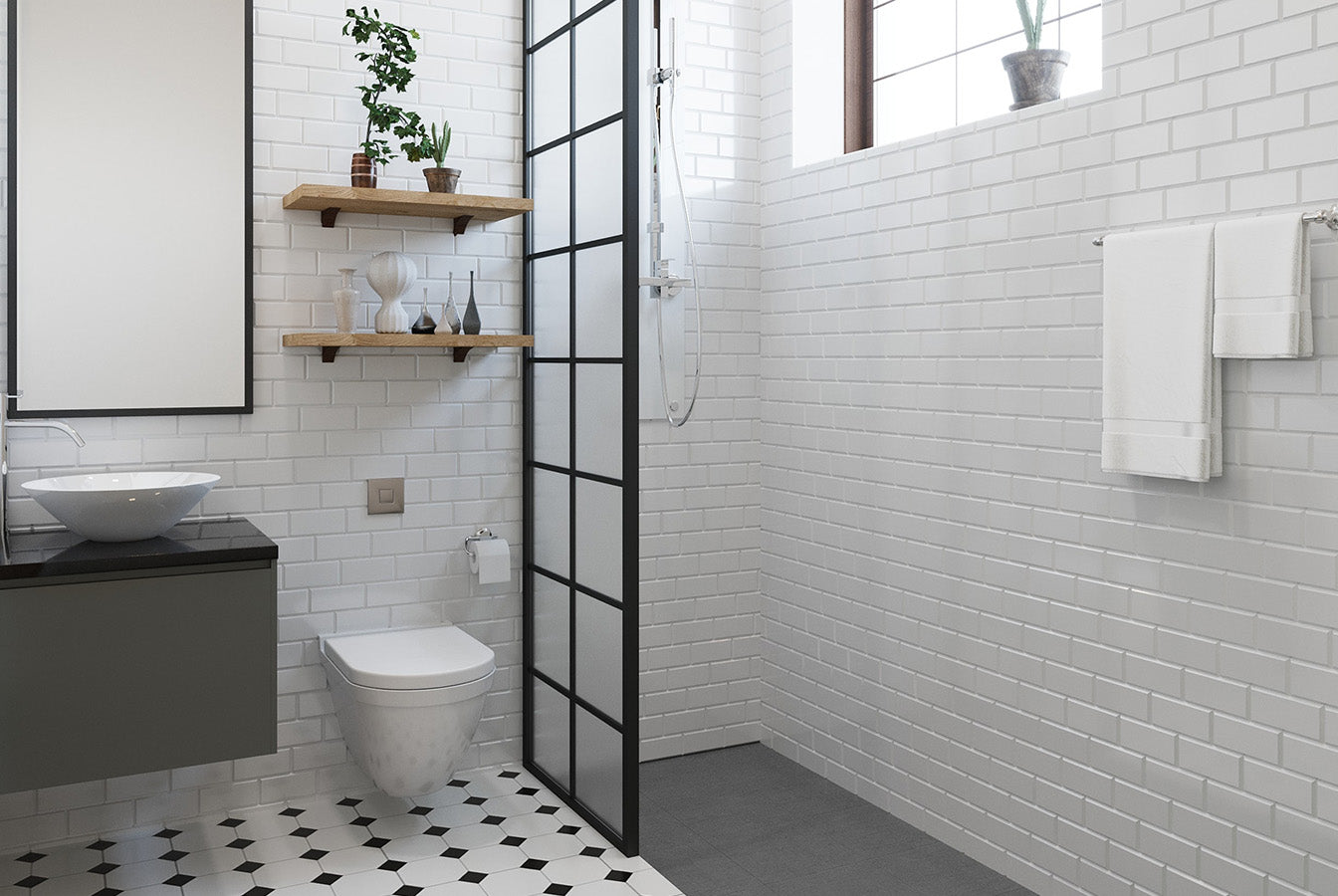
What is a Sink Overflow?
You may have observed that in almost every bathroom, most sinks have a tiny hole cut into the basin called an overflow. Contrary to popular belief, the overflow is more than just a design piece but serves 2 important functions: Preventing excess water from overflowing (hence the name) and improving water drainage.
How Does an Overflow Work?
The overflow, at its essence, is a safety feature designed to delay the accumulation of water so it doesn’t spill into the bathroom. Once water levels get too high, the excess funnels into the overflow and travel through a separate channel underneath the basin where it bypasses the sink stopper. Despite its smart design, overflows don’t fully prevent water from overflowing. If a faucet runs at full volume, for example, the water coming through the overflow doesn’t drain fast enough to keep up with the intake.
Another hidden but important function an overflow serves is allowing water to drain more efficiently. For a drain to work properly, it needs air to pass through. If there is enough water covering the opening, it creates a suction effect that slows down the flow of water (you’ll see this when air bubbles surface). Overflows allow air to feed through the drainpipe making it easier to get rid of excess water.

Tub Overflows
Similarly, tubs are designed with a feature to drain extra water. Located just below the rim is an opening lined with chrome and positioned high enough so the tub can be filled with the perfect amount for a bath. It’s connected to the drainpipe in one of two ways: traditionally with an outgoing pipe that connects to the drainpipe or integrally where the output is built in the tub.
Traditional Overflow: A hole is cut into the tub with a drainpipe installed on the outside of the tub to send excess water down into the P-trap. The drainpipe is hidden behind walls if it's close to one or exposed if the tub is freestanding (think of old clawfoot tubs).
Integral Overflow: Like modern sinks, integral tubs have a hidden chamber built-in to send water directly to the P-trap. Freestanding tubs with integral overflows are generally found in most modern bathrooms because it lacks exposed piping to give them a cleaner look.

















